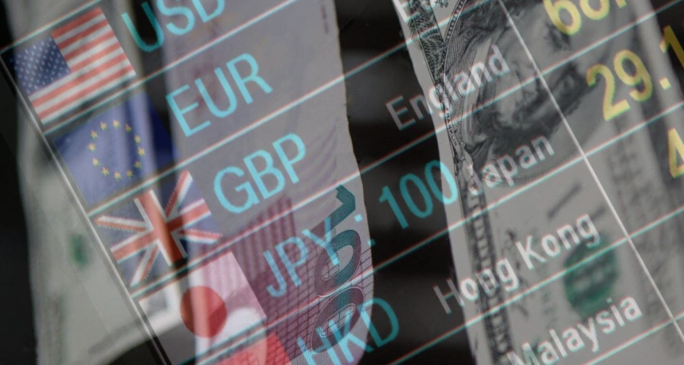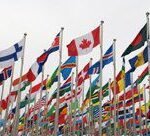Azerbaijan’s manat is navigating a landscape increasingly
defined by robust capital inflows and a positive balance of
payments, setting the stage for potential currency appreciation
against the US dollar. Recent data for the first half of 2025
reveals a consistent trend of net gains in both direct foreign
investments and remittance inflows, complemented by a favorable
trade balance. These economic signals suggest that the manat may
experience underlying strength, independent of broader geopolitical
or energy market considerations.
During the first six months of 2025, Azerbaijan attracted a
total of $3.22 billion in foreign direct investment (FDI). In
comparison, outbound direct investments from Azerbaijan totaled
approximately $1.35 billion, resulting in a net inflow of $1.87
billion. This net positive in FDI is a crucial driver of demand for
the local currency, as foreign investors convert dollars into
manats to fund projects, purchase assets, and engage in economic
activity within the country. The magnitude of these inflows
reflects sustained international confidence in Azerbaijan’s
investment landscape, even when evaluated in isolation from
external macroeconomic conditions.
Remittance flows further reinforce the positive currency
outlook. In the same six-month period, Azerbaijan received $533.9
million in remittances from abroad, while only $238.2 million left
the country through outbound transfers. The net inflow of $295.7
million, representing more than twice the outbound flow, signals
that households and businesses are receiving substantial dollar
inflows. These transfers not only contribute directly to national
liquidity but also indirectly support the manat by increasing
domestic availability of foreign currency, reducing pressure on the
exchange rate.
Trade figures for the first eight months of 2025 add another
layer of support for the manat. Azerbaijan’s foreign trade turnover
reached $32 billion, with exports totaling $17 billion and imports
accounting for $15 billion. The resulting positive trade balance of
$2 billion underscores that the country is generating more foreign
currency through exports than it is spending on imports. Such a
surplus further enhances the domestic supply of dollars,
reinforcing the potential for manat appreciation in currency
markets.
Additionally, the broader international monetary environment may
provide favorable conditions for the manat. In September 2025, the
US Federal Reserve lowered interest rates, which typically reduces
demand for the US dollar in global markets. Lowered US rates can
make emerging market currencies more attractive to investors
seeking yield and stability, potentially enhancing the appeal of
the manat relative to the dollar. While the effect of Fed policy on
any single currency is not deterministic, the timing of the rate
cuts coinciding with Azerbaijan’s strong net inflows suggests an
alignment of supportive factors.
Taken together, the combination of strong net FDI, robust
remittance inflows, a positive trade balance, and a global
environment of easing dollar interest rates forms a compelling
narrative for the manat’s potential strengthening. The underlying
pattern is clear: more dollars are entering the Azerbaijani economy
than leaving it. Each component, investment, remittance, and trade,
contributes independently to the local currency’s stability, while
collectively reinforcing the trend toward appreciation.
This convergence of factors paints a picture of an economy
benefiting from balanced capital inflows and sustained foreign
engagement. While market sentiment and short-term fluctuations can
never be fully predicted, the structural dynamics suggest that the
manat’s value relative to the dollar is underpinned by solid
economic fundamentals. Investors, businesses, and households
transacting in foreign exchange may therefore anticipate a period
of relative stability, if not gradual appreciation, supported by
these net inflows.
Azerbaijan’s currency outlook is shaped decisively by the
consistent inflow of foreign capital, positive net remittances, and
a favorable trade balance, all set against a backdrop of declining
US dollar interest rates. These factors collectively point toward
an environment in which the manat has the potential to strengthen
in value, reflecting the country’s positive balance-of-payments
position and growing economic engagement with global markets. For
observers of emerging market currencies, Azerbaijan offers a clear
example of how concentrated capital inflows and a surplus in trade
and remittances can act as stabilizing forces, even in a landscape
of global financial volatility.






















